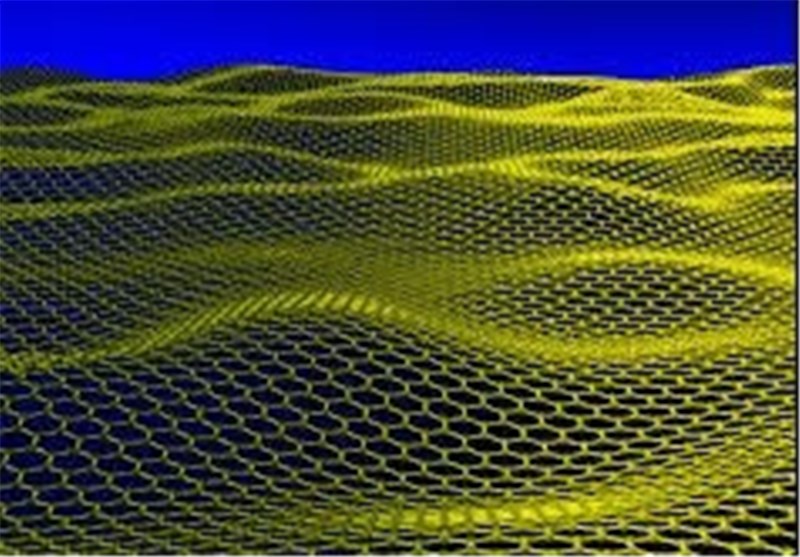"Defective" Graphene Could Lead to Much Better Fuel Cells
TEHRAN (Tasnim) – The honeycomb structure of pristine graphene is beautiful, but scientists have discovered that if graphene naturally has a few tiny holes in it, you have a proton-selective membrane that could lead to improved fuel cells.
Graphene is known as one of the most interesting structures discovered ever. This atom-thin material has immense potential which owes to its incredible strength and conductive properties. It has a honeycomb structure interconnected by carbon-carbon bonds. However, creating unbroken and perfect sheets of graphene is pretty difficult.
But a team of researchers has revealed that even “defective” graphene can be very useful. The study, led by Franz Geiger of Northwestern University, has been published in the journal Nature Communications.
Even the smallest imperfections in a graphene sheet can make it lose much of its strength. However, if the imperfections are right sized they can make the sheet porous which allows tiny protons or even water pollutants to pass through. According to the report, the protons can be moved through the pores without allowing any of the molecules they come from to pass through. The major challenge in fuel cell technology is the separation of protons from the hydrogen atoms. This technology could be helpful in the development of fuel cells which derive power from hydrogen faster than anything else.
With the help of larger holes, the toxins and viruses could also be separated from water. Geiger said “We found if you just dial the graphene back a little on perfection, you will get the membrane you want. Everyone always strives to make really pristine graphene, but our data show if you want to get protons through, you need less perfect graphene.” Thus a perfect graphene makes it difficult for the protons to pass through and is not suitable for fuel cell technology.
Although graphene is not available in enough quantities to meet the demands, owing to the difficulties in producing the substance, the study indicates that the material can prove to be incredibly useful even in scrap or powder form. This allotrope of carbon creates two-dimensional, hexagonal lattice at the atomic scale. This nearly transparent material is 100 times stronger than steel and is capable of conducting electricity and heat better than copper. It was 2003, when graphene was first produced in a lab on a measurable scale and in 2010 two scientists at the University of Manchester won the Nobel Prize in Physics after conducting experiments with graphene.





